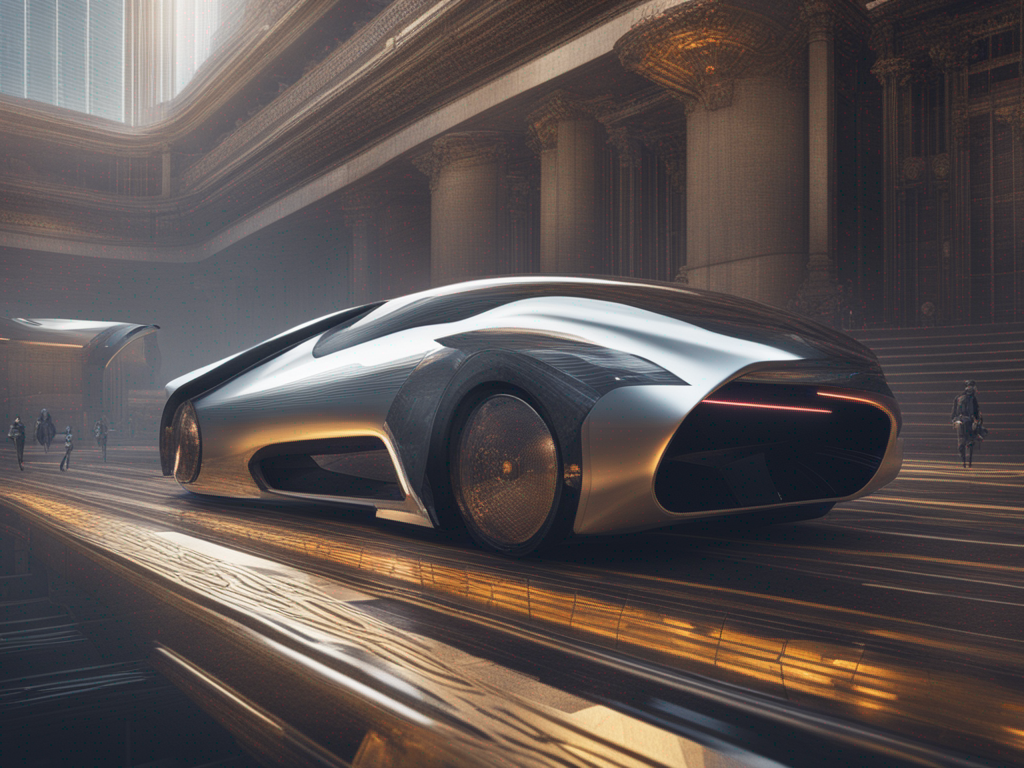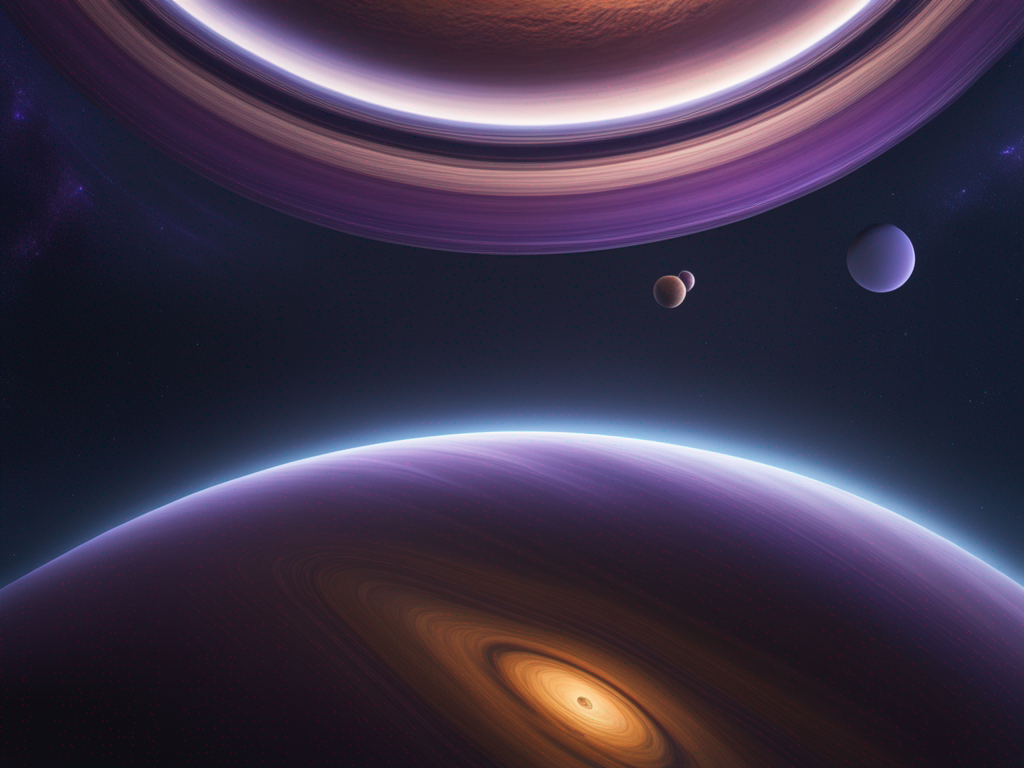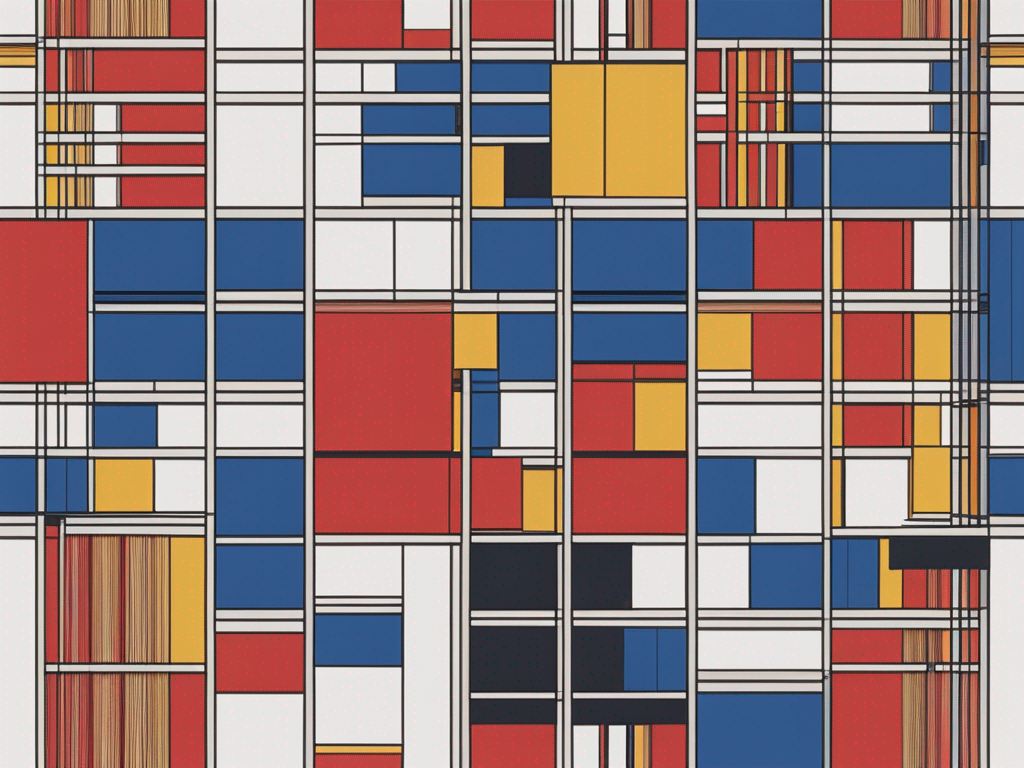Mass Editing Memory in a Transformer, Saturn's Failed Gas Giant, Zero-Shot Tool Usage with Language Models, Supersized Machine Impossibility, Pathfinding Future PIM Architectures
In today’s deep dive into the forefront of research, we delve into the world of mass-editing memory in AI, ponder the enigmatic formation of gas giant planets, and question the feasibility of supersized machines. We’ll also explore how tool documentation is revolutionizing the performance of large language models and demystify the complexities of commercial PIM technology. From the potential advancements towards AGI to the controversial classification of Saturn as a ‘failed giant’, join us as we navigate through these compelling discussions, enriched with insightful commentary from the Hacker News community.
Top Papers
1) Mass-Editing Memory in a Transformer
Summary:
The authors present MEMIT, a scalable method for updating language models with multiple memories, improving upon previous work focused on single associations.
Hacker News:
This article discusses the concept of mass editing memory in a transformer, a potential advancement towards AGI, allowing for knowledge refinement using Belief Change Theory. View on HN
- Mass editing memory in a Transformer is being discussed on Hacker News.
- This concept is seen as a preliminary step towards AGI (Artificial General Intelligence).
- It allows for the implementation of Belief Change Theory to refine a body of knowledge.
- The ability to revise and reason ontologically is crucial for intelligence and critical thinking.
- There is a mention of erasing memories in a conversation between Dr. Vasili Orlov and Dr. Chandra.

2) Mass of gas giant planets Is Saturn a failed giant planet
Summary:
The formation of gas giant planets, including Jupiter and Saturn, is not well understood, and they are often classified separately from Uranus and Neptune as “failed giants.”
Hacker News:
The text discusses the classification of Saturn as an ice giant and explores the idea of capturing ice giants to create water on other planets, but emphasizes that attempting to move Saturn would be pointless and result in its destruction. View on HN
- Saturn is classified as a gas giant planet.
- Uranus and Neptune are classified as ice giants, which is a different category from Jupiter and Saturn.
- Jupiter is the largest planet in the solar system and has a unique orbit around a point outside the surface of the Sun.
- The Sun is 99.9% of the mass in our solar system, with Jupiter making up most of the remaining 0.1%.
- Moving gas giants like Jupiter and Saturn would require an incredible amount of mass and energy.

3) Tool Documentation Enables Zero-Shot Tool-Usage
Summary:
Large language models can achieve comparable performance without the need for demonstrations by utilizing tool documentation instead.

4) On the Impossibility of Supersized Machines
Summary:
The article argues that machines cannot exceed human size due to limitations with “big data” and “mass”.

5) Pathfinding Future PIM Architectures Demystifying Commercial PIM Technology
Summary:
The document explores the use of PIM architectures, focusing on the UPMEM-PIM programming model that facilitates data sharing and synchronization between threads within the same system.
